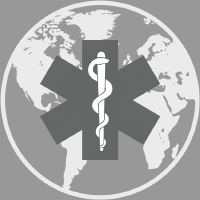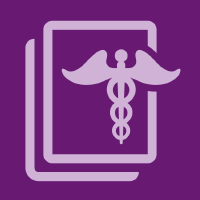Topic Menu
► Topic MenuTopic Editors


2. Department of Medical Research, LCH Adult Clinic, Hellenic Air Force and VA General Hospital, 115 27 Athens, Greece

Burden of COVID-19 in Different Countries
Topic Information
Dear Colleagues,
SARS-CoV-2 has caused a devastating pandemic with serious consequences for global health and economy. Globally, as of 18 March 2021, there have been 120,915,219 confirmed cases of COVID-19, including 2,674,078 deaths. The virus is highly transmissible with a basic reproduction number approximately equal to 2.5, and during the first 15 months of its expansion, the virus has caused several pandemic waves across different geographic areas. The risk of severe disease increases significantly with age, and the central focus of public health measures is to reduce SARS-CoV-2 transmission and fatality of the disease. This aim will be accomplished by keeping the case burden of COVID-19 patients within the treatment capacity of the healthcare system. Therefore, it is of importance to know the burden of COVID-19 and COVID-19-related diseases, as well as the healthcare burden in different countries.
We are seeking contributions that will address COVID-19-related diseases and healthcare burden, building on information of the pandemic prevalence and incidence. Investigations on viral pathogenesis and clinical aspects of virus infection are also welcome, as well as relevant epidemiological findings.
Dr. Dimitrios Paraskevis
Dr. Maria Yavropoulou
Prof. Dr. Sotirios Tsiodras
Topic Editors
Keywords
- SARS-CoV-2
- COVID-19
- health care system
- disease burden
- medical care resources
- public health measures
- basic reproduction number
- burden of hospitalizations
- mortality rate
- prevalence
- incidence
- epidemiology
- immunity
- pandemic
- clinical aspects
- viral pathogenesis
- virulence
- public health resources
Participating Journals
| Journal Name | Impact Factor | CiteScore | Launched Year | First Decision (median) | APC |
|---|---|---|---|---|---|

Viruses
|
4.7 | 7.1 | 2009 | 13.8 Days | CHF 2600 |

Life
|
3.2 | 2.7 | 2011 | 17.5 Days | CHF 2600 |

International Journal of Environmental Research and Public Health
|
- | 5.4 | 2004 | 29.6 Days | CHF 2500 |

Healthcare
|
2.8 | 2.7 | 2013 | 19.5 Days | CHF 2700 |

COVID
|
- | - | 2021 | 16.8 Days | CHF 1000 |

MDPI Topics is cooperating with Preprints.org and has built a direct connection between MDPI journals and Preprints.org. Authors are encouraged to enjoy the benefits by posting a preprint at Preprints.org prior to publication:
- Immediately share your ideas ahead of publication and establish your research priority;
- Protect your idea from being stolen with this time-stamped preprint article;
- Enhance the exposure and impact of your research;
- Receive feedback from your peers in advance;
- Have it indexed in Web of Science (Preprint Citation Index), Google Scholar, Crossref, SHARE, PrePubMed, Scilit and Europe PMC.

